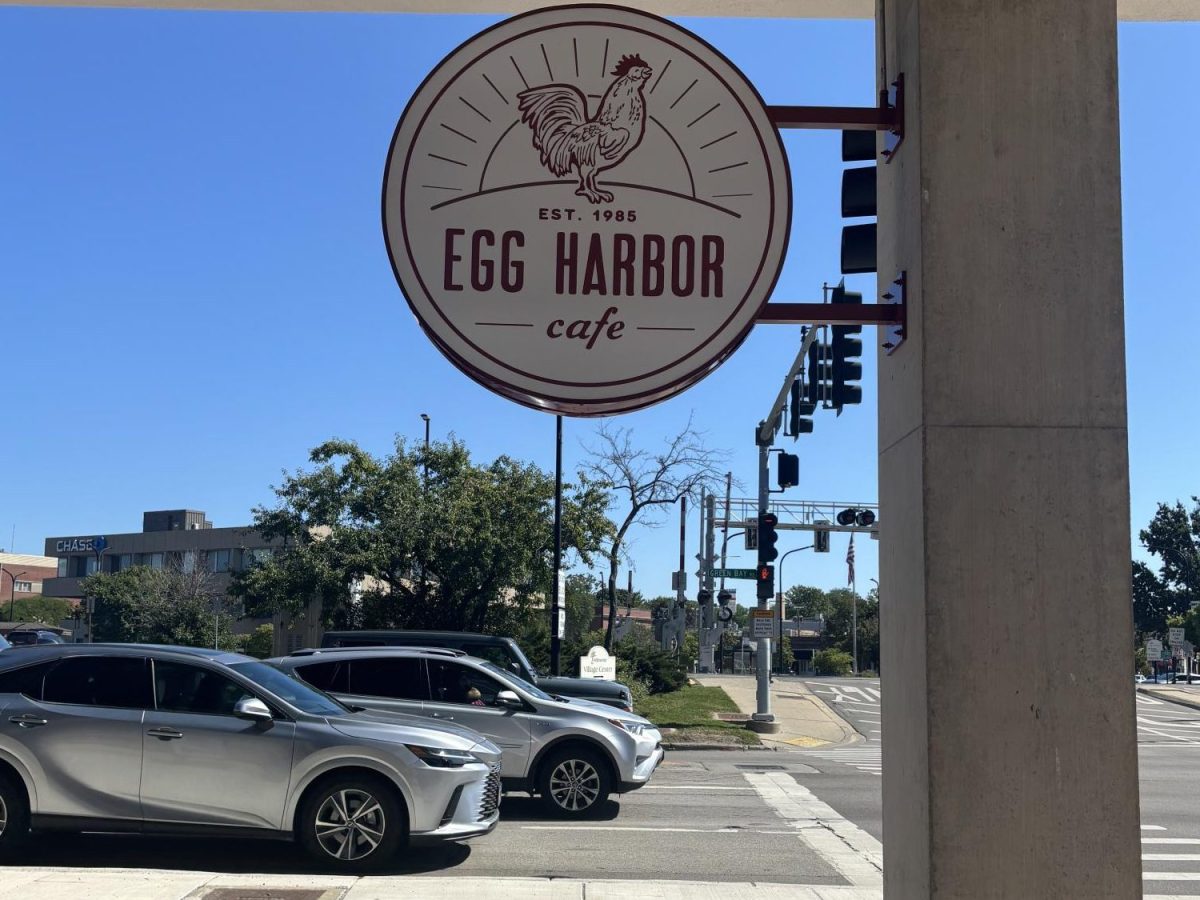When will Windy City welcome Diwali?
The change of demographics in the Indian community needs to be recognized
AP
Hindu women hold oil lamps at the Banganga pond as they celebrate Dev Diwali festival in Mumbai, India, Monday, Nov. 7, 2022. (AP Photo/Rafiq Maqbool)
On Oct. 20, Mayor Eric Adams announced that Diwali will be a public school holiday in New York City starting next year. The day after I heard the news, I received a box of dresses from my grandmother in India. “Happy Diwali, may all your wishes come true” the card read in my grandmother’s trembling hand.
My wish at the time had been to live in New York. The countless students there that share my history, my religion, and my holiday will be able to take a day off next year to appreciate the glorious Festival of Lights with families and friends, food that makes even the driest of mouths water, and the spark of firecrackers. It was a time to mark the triumph over darkness.
Yes, I felt bitter– but not wholly because they would get a day off, though that certainly played into it. But the bigger point is the high-profile public acknowledgment for the growing Indian community in NYC.
As of 2019, the Pew Research Center reported that New York had the highest population of Indians– more than 700,000. Mayor Adam’s announcement recognized these 700,000 people– he gave power to their numbers.
What’s strange is that the same study showed the metropolitan area with the second-highest population of Indians is Chicago’s 240,000. According to the South Asian American Policy & Research Institute (SAAPRI), Indian communities have grown by over 52% since the 2000s. Heck, even the Global City Mission Initiative calls Chicago “one of the oldest and largest Indian communities in the US.” That includes Patel Brothers, one of the largest Indian-American supermarket chains in the US, opening its first store in Chicago, to Devon Avenue’s Little India.
Why, then, doesn’t Chicago receive a public acknowledgment as well? With so many Indians in the Chicago area celebrating this auspicious holiday, I hope that city officials and Indian community representatives declare such a holiday soon. An awareness of the change in demographics deserves to be spread.
While the Indian demographics as a whole seems hard to envision at our school, the numbers exist in the general public. One good example of this is the voting ballot receipts many of us will have received on Nov. 8. They thank voters in three different languages, the first two being Spanish and Chinese. The last language? It’s Hindi.
Voters in Chicago can request a ballot in one of 12 languages if they qualify for language assistance, three of the 12 being languages spoken in India: Hindi, Urdu, and Gujarati. In terms of ballot receipts, multiple meetings and community outreach decided on Hindi appearing on ballot receipts rather than Urdu or Gujarati.
There are enough members of the Indian community to list Hindi as one of three languages on a ballot receipt–just as there are enough members of the Indian community that comprise Hindu, Sikh, and Jain communities who celebrate Diwali. Making Diwali a public school holiday will show respect for the faith of these communities by not putting students at a disadvantage for missing tests, assignments, lectures, and etc.
The President of Universal Society of Hinduism, Rajan Zed, created a campaign urging Butler School District (BSD) 53 to recognize Diwali as an official holiday on their 2021-22 calendar. “I do not see a path to pursue your request at this time,” wrote the BSD Superintendent Dr. Paul O’Malley in response. Hindus were “heartbroken” at the denial of Zed’s request, as in Zed’s terms, creating awareness for religious holidays like Diwali will only make students “well-nurtured, well-balanced, and enlightened citizens of tomorrow.”
While many students might use a public school holiday off as a time for extra sleep and/or a catch up day on homework, people like me will be spending hours upon hours preparing food, creating intricate decorations, lighting candles, and attending functions with family. The fact of the matter is that there are multiple people who would be doing the same.
New York’s public declaration will mean more than just a day off– it stands as a symbol of recognition for the growth of our population, and a tribute to our culture. With the upward spike of Indians in Cook County, we should consider doing the same.









































